With ample experience in the industry, Lily More and Daisy Walker decided that it was time to address the issues around gender equality in the fashion industry. The aim is to empower women through community, creating a strong network for women and men to learn from, inspire and create a stronger industry together. Twin caught up with co-founder of Women in Fashion Daisy Walker to discuss issues around the male gaze, street casting and launching a dynamic new platform.
How did you two get to know each other, and what drove you to start ‘Women in Fashion’?
We met through a mutual friend when we were 19, far before either of us had any idea we’d end up in this industry.
Lily is a researcher for David Sims, and I am a photographer. Coming from very different sides of the industry we quickly found through conversations that we were already having that a lot of our experiences were similar, but that there were multi layered experiences that were specific to each part of the industry as well. We wanted to create a space that would allow these layers to be explored and shared with the aim of changing the negative aspects of an industry we love.
What is the aim of the platform?
To provoke change through conversation and to make the industry accountable for it’s ways of working.
wWhat do you enjoy about street casting?
Street casting came out of necessity for me. I was looking at other fashion images and saw nothing of myself in them. These girls literally didn’t look like me or the people I knew. By using models from agencies I felt like I was contributing to a warped view on age, size and diversity that the whole industry was feeding into, which lead me instead to start street casting.
When you’re casting from agencies you’re casting a professional to turn up and act and behave a certain way. When casting someone you literally found on the street, or is a friend of a friend, there is no formal set up for how the day should go. There’s a level of closeness and trust you have to build very quickly with that person, and it’s that interaction, that honesty and that connection that I love.
Much like Women in Fashion, I’ve made lasting friendships through my casting and and it’s that drive for inclusivity and level of intimacy that drives me to continually cast outside of the agency system.
More than ever, with Instagram etc, image is central to how fashion is portrayed. How do you see photography shaping the conversation within the industry?
For me photography is a window into the concepts and ideas behind artists, and I think fashion photography is the only tangible and visible way that the industry can change perceptions and give a voice to niche experiences. It’s great to see that brands are reverting back somewhat to hiring photographers with a clear voice and message and the more those experiences are given a visual representation within the industry, the more space there is for that conversation to continue and evolve.
Do you think a women’s relationship with the camera has changed permanently now? How do you think men can navigate the stigma of the ‘male gaze’ while embracing a feminist narrative?
I don’t believe that anything is ever permanent, nor do I think we’ve necessarily reached any kind of goal in terms of the female gaze. The female experience is incredibly diverse, and ever evolving and the social landscape morphs, as well as our means of communication within it. What I do hope is that this wave of the female gaze continues to grow and move forward.
I think there’s huge scope for men to reappropriate the male gaze and offer new and fresh perspectives and continually strive to create work that is feminist. As fourth-wave feminism has opened up to the mainstream, perspectives are more readily available for feminist men to absorb and learn from. It’s the reason that Women in Fashion is not open to only women. We are open to all iterations of gender, specifically because we think that it is open conversation that allows better understanding, which leads to us all becoming better feminists and better allies.
Thinking more generally about the industry, what are the biggest challenges that you perceive for ensuring greater diversity in the industry? How can we overcome them?
Often i find that diversity is hindered by sales. Clients and magazines are certainly becoming more aware of the need for diverse casting but at times are wary because they often experience a drop in sales. It’s an extremely painful truth, but one that lies in a history of brainwashing women to believe that white, tall and thin is the definition of beauty. The only way to overcome that is to push to saturate the industry with images that prove that is not the case.
Years of oppression can not be overturned overnight, but it’s important to remember that the images we put out today are the ones the next generation will be growing up with. And if they can learn the importance and beauty in diversity now; then they’ll be the next generation to buy into it.
Who are the women you most admire and who inspire you in fashion, and in culture more generally?
I’m a huge admirer of Vivienne Westwood. She was my first ever client and set the tone for me, personally. She came from humble beginnings and fought her way to success in an industry very much owned by men at the time. The industry is still run by men, and she still endures. She is ever evolving, always looking forward and always focused on exploring the role of gender.
Outside of the fashion world I am very inspired by Patti Smith and Arlene Grottfried. Their portrayal of relationships, in their own very distrinct ways, is lusty and ardent and far removed from the perfection often synonymous with that theme.
What other female collectives do you admire, and who do you think is exciting in the industry?
Gal- Dem! We were interviewed alongside Liv recently and loved everything about her and what she’s doing!
In terms of individuals were excited about in the industry; Fern Bain Smith, Emma Hope Allwood, Sara McAlpine. These are all people who are working in the industry on their own terms and have a lust for questioning norms, for change and for promoting women. Really the greatest hope for a safer and more responsible industry is inclusivity and passion, and these girls are brimming over with it. They are all also Women in Fashion members!
Twin asked Women in Fashion to curate their favourite images as part of their Twin Instagram takeover. Check them out on our feed and below.
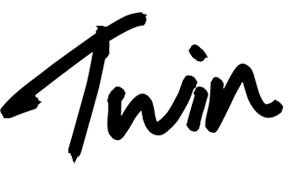
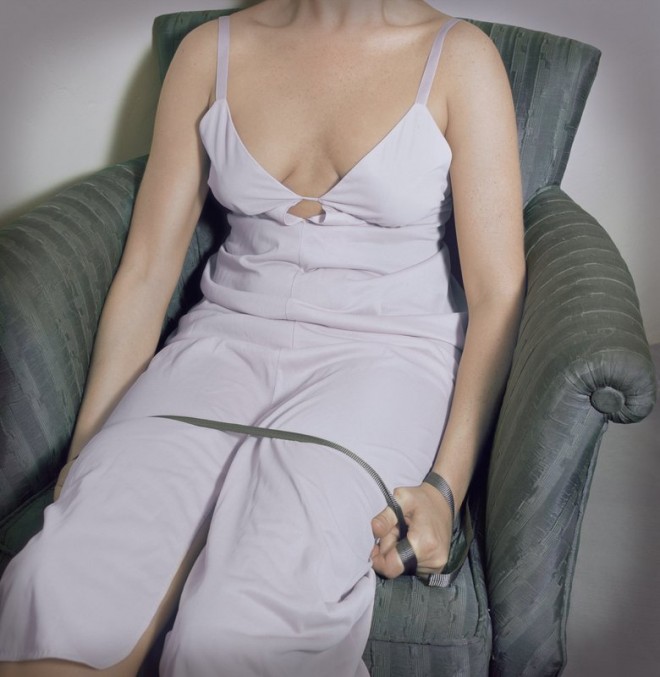
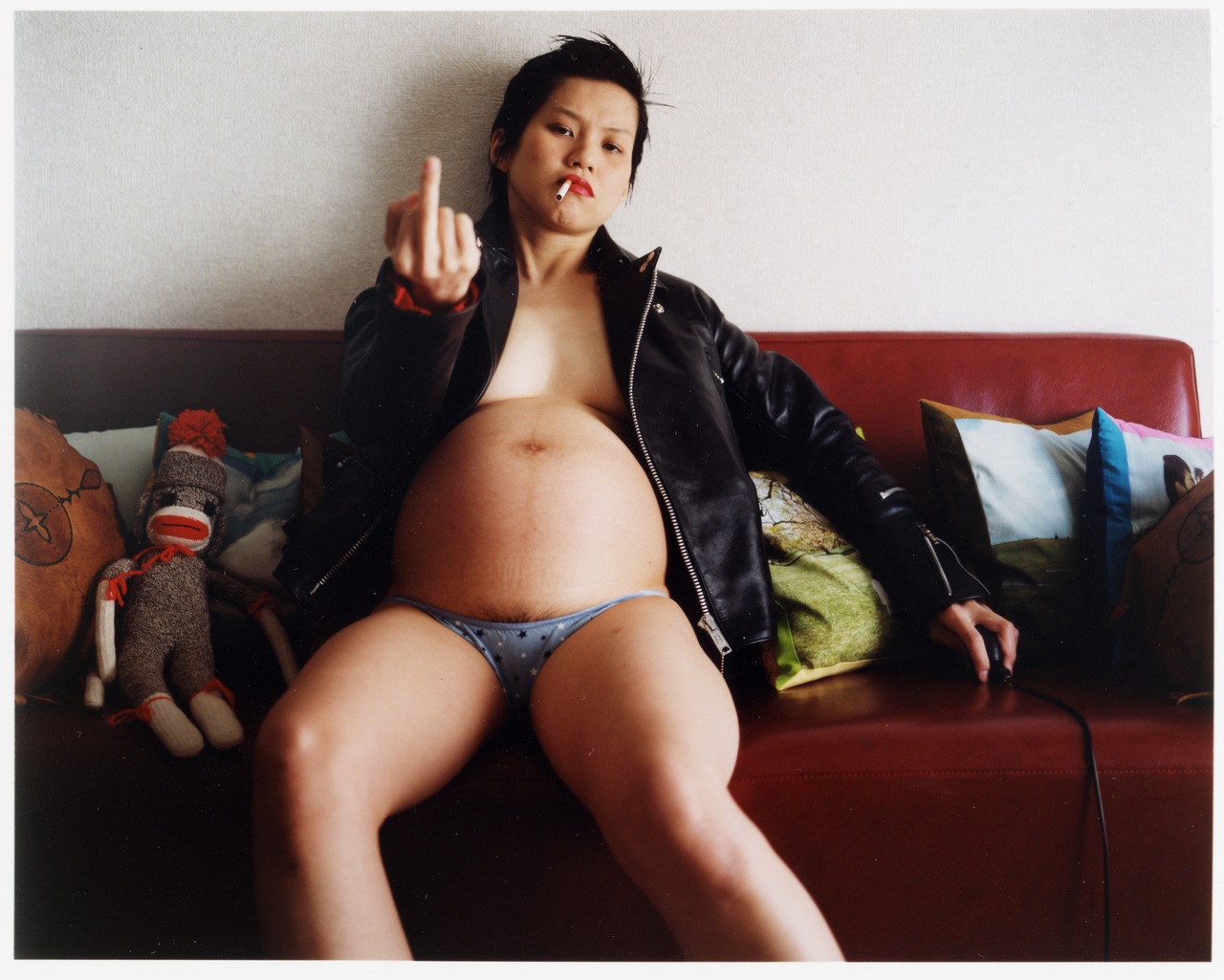
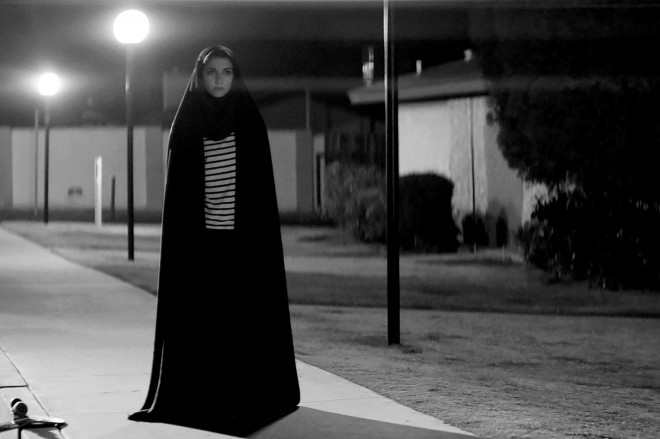
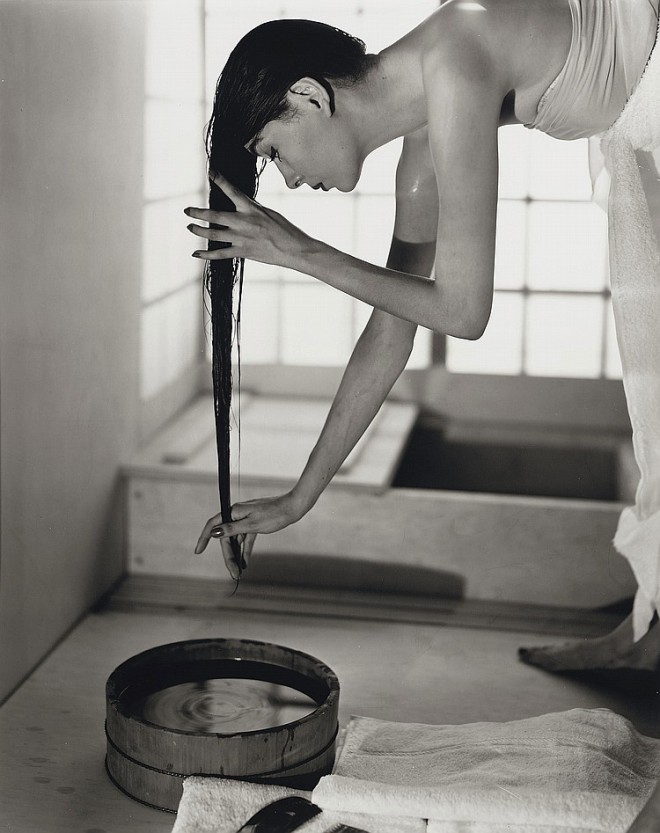
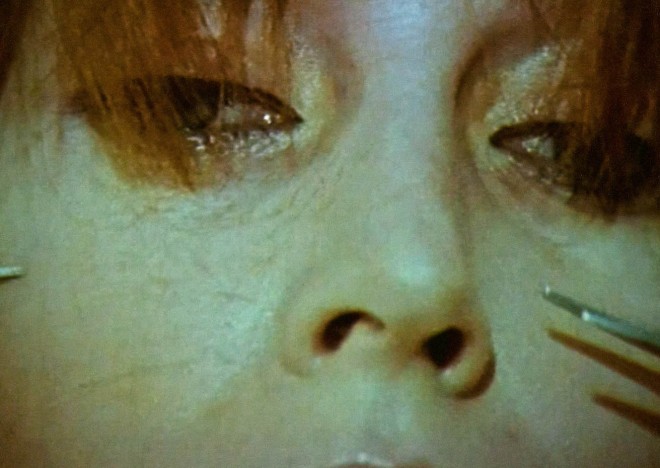
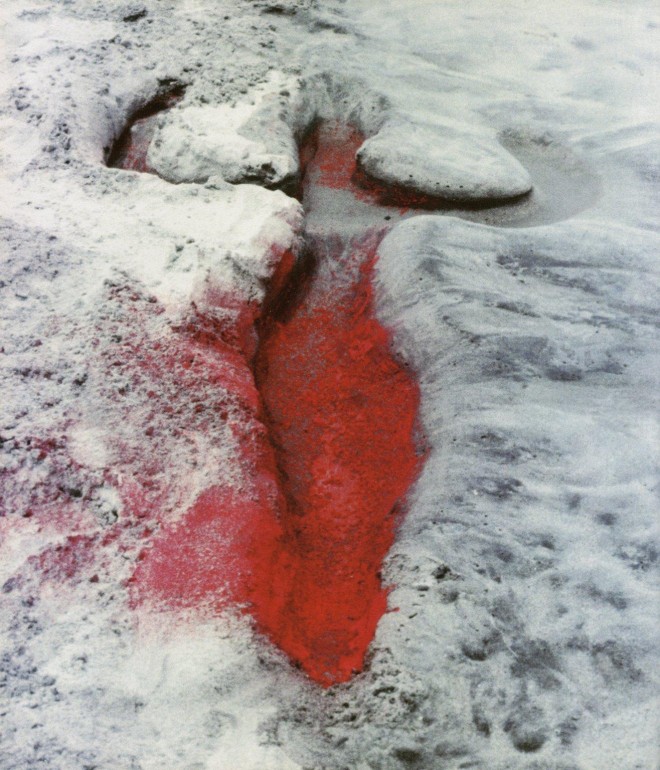
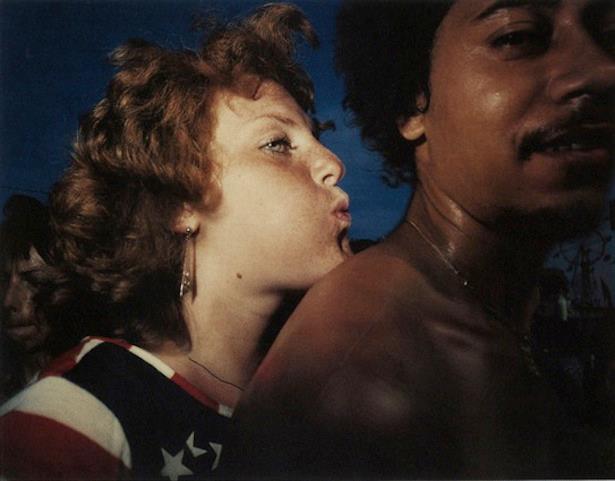
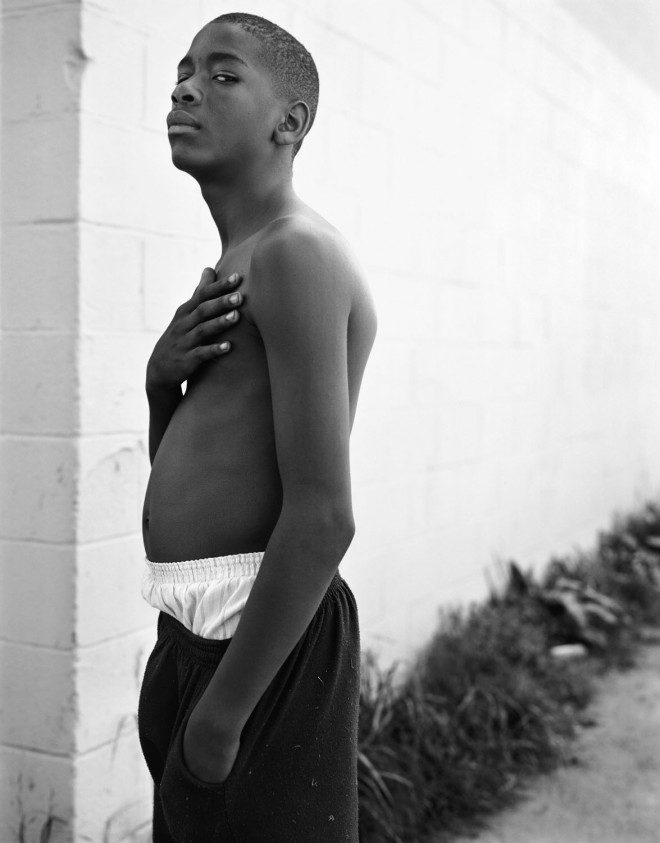
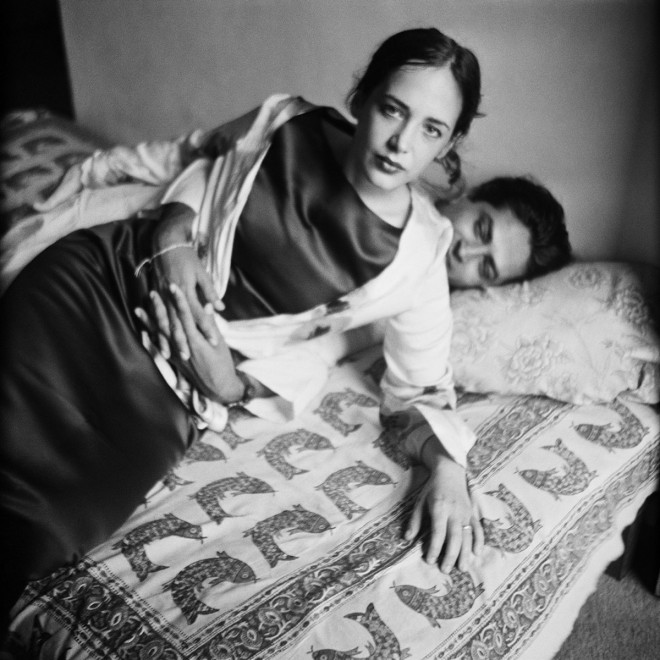

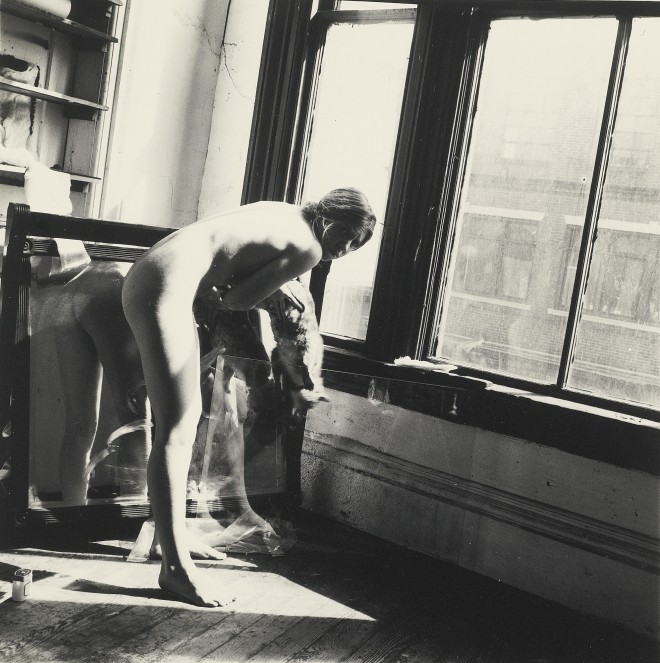
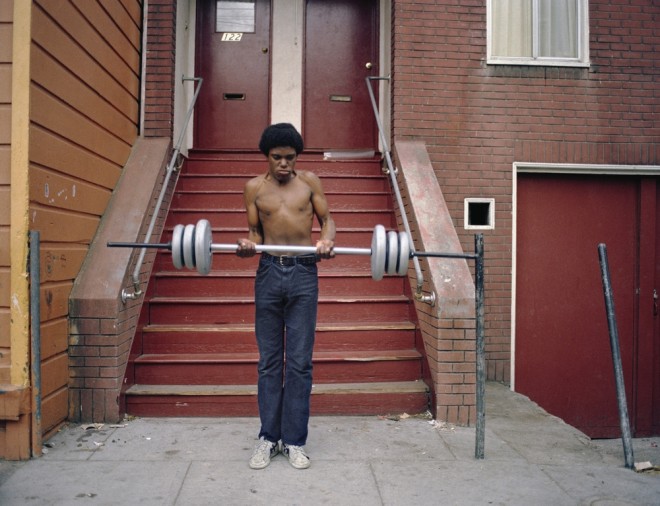
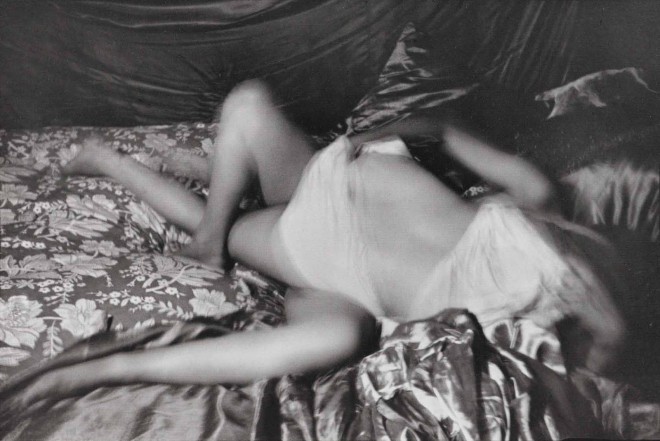
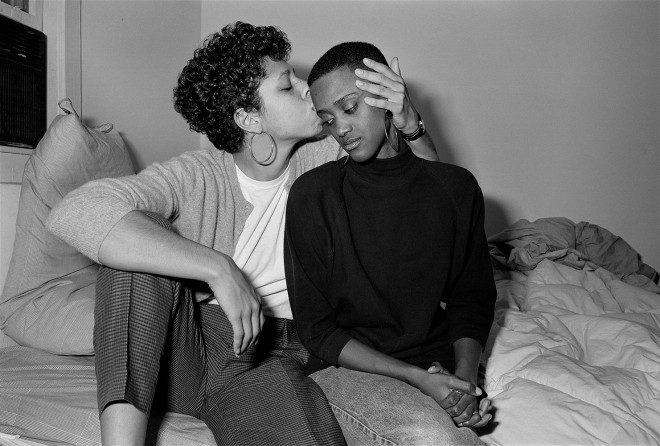
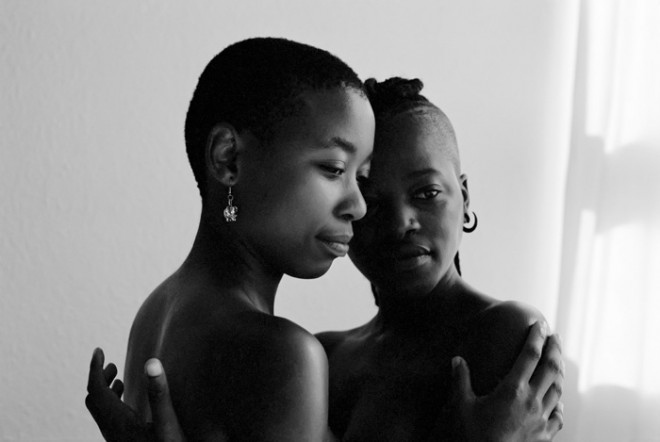
 PREVIOUS
PREVIOUS

 Twitter
Twitter
 Tumblr
Tumblr
 YouTube
YouTube
 Facebook
Facebook
 Instagram
Instagram
